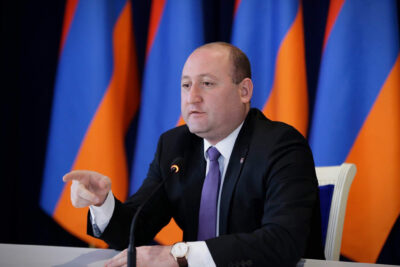By Edmond Y. Azadian
While Armenians around the world are gearing up to commemorate the centennial of the Genocide, another calamity in our history must not be overlooked: the atrocities perpetrated against our beleaguered nation during the Stalin period.
It would not be historically proper to draw parallels between the two tragedies in terms of cause and effect, but the net outcome in both cases was the destruction of the creative minds of our people.
It is ironic that the executioners of history seem to be well versed enough in literature, arts and scholarship to be able to pick out the cream of the crop and target them for extermination — or else they employ advisors with enough intellectual capacity for this grisly selection.
Talaat Pasha sent to their deaths Daniel Varoujan, Siamanto, Zohrab, Yeroukhan, Rouben Zartarian, Telgadintzi, Indra and myriad other talents.









